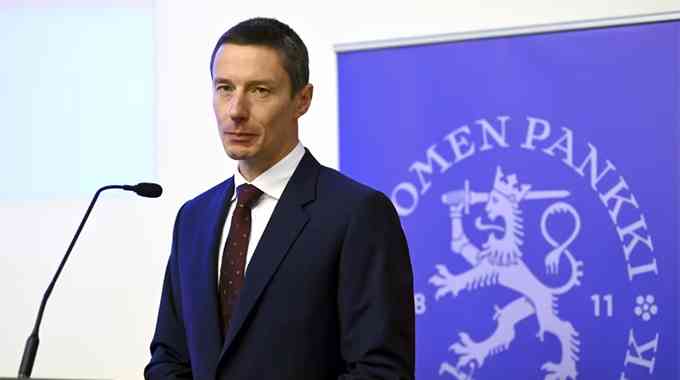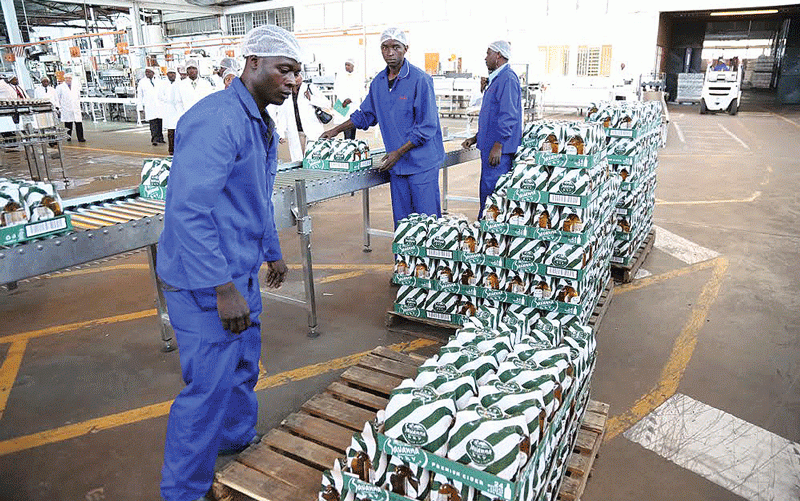
THE Reserve Bank of Zimbabwe (RBZ) is concerned with the acquisition of external loans by local companies as the repayment of such loans eats into the country’s export earnings, deputy governor Kupukile Mlambo has said.
BY FIDELITY MHLANGA
Mlambo said RBZ preferred development financial institutions to invest in local companies through equity than loans.
“When companies get external loans, in general, it’s a good thing, but you see increasingly that investors are continuously giving out loans than buying equity. Every dollar we get from outside is equivalent to a dollar in export earnings when servicing that loan because we pay everything from our exports, whether its imports or loans. So for every loan that comes in, we have to find an equivalent export to repay it. Foreign companies are more interested in giving loans than buying equity. Increasingly, we are saying ‘can we have more of equity than loans?’,” he said.
This comes after the RBZ approved and registered 247 facilities with a monetary value of $1,8 billion external loans in 2016.
Agriculture received the largest share, accounting for 47% of loan approvals during the year, largely driven by tobacco finance facilities which are renewed seasonally.
The value of loan approvals increased by a marginal 1,5% to $1,843 million approved in 2016 from $1,81 billion in 2015.
- Chamisa under fire over US$120K donation
- Mavhunga puts DeMbare into Chibuku quarterfinals
- Pension funds bet on Cabora Bassa oilfields
- Councils defy govt fire tender directive
Keep Reading
Mlambo said RBZ was concerned about local banks’ lending skewed towards individual spending instead of the productive sectors of the economy.
“Civil servants have become a fishing ground for banks. We would want a reverse of that in such a way that lending goes to mining, manufacturing and all than going towards individuals,” he said.
Of the $3,69 billion loaned by banks in 2016, a huge chunk (28,7%) went to individuals, agriculture got 16,7%, distribution (15,3%), services (14,95%) and manufacturing sector at 10,4%.
The mining sector received 4,5%, construction (3,5%), financial firms (2,11%) and 1,5% of the loans went to the communication sector.
According to the central bank, funding to productive sectors of the economy such as mining and manufacturing continues to be constrained by the short-term liability structures of banking institutions’ balance sheets.












